Blog
19 January 2023
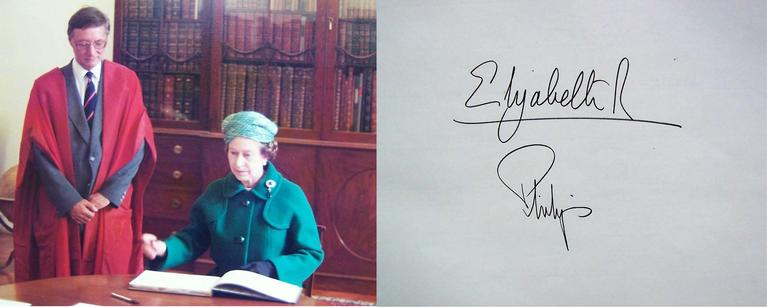
Signatures, mottos and inscriptions, as well as other indications of ownership and association, are especially meaningful aspects of any historic collection; they are also serendipitous, reflecting the operations of chance in what ends up where.
‘And how did this come to be here?’ asked the late Queen, when shown the earliest printed book in Emmanuel Library, a text of Cicero’s De Officiis, during her visit marking Emmanuel’s fourth centenary in 1984. This was apparently a standard question asked by Queen Elizabeth when shown – as she regularly was – items about which she might well wonder why they weren’t still in her collections. Although this text of Cicero may be printed, some of the borders have been exquisitely painted in the manner of a medieval manuscript. Inclusion in the borders of the Prince of Wales feathers and the motto ‘Ich Dien’ (I serve) indicate that the book probably belonged to Prince Arthur, elder brother of Henry VIII. The Queen’s question about how it came to Emmanuel could not be answered, but it was already in the College by 1600.
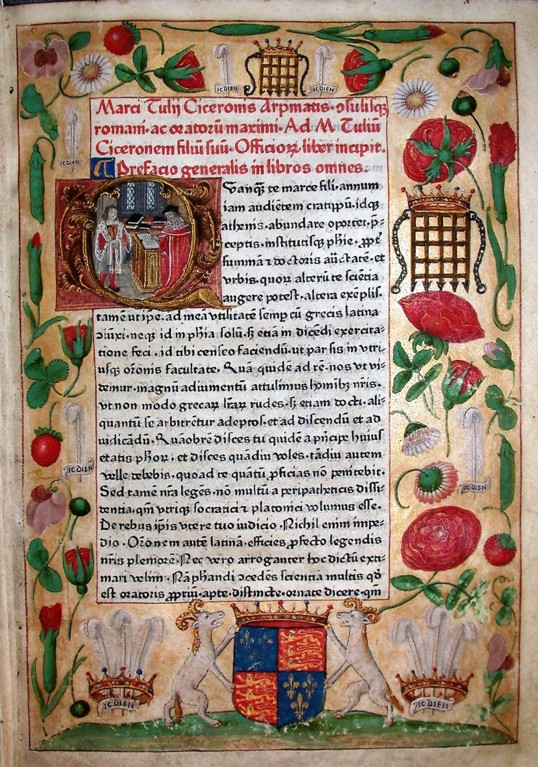
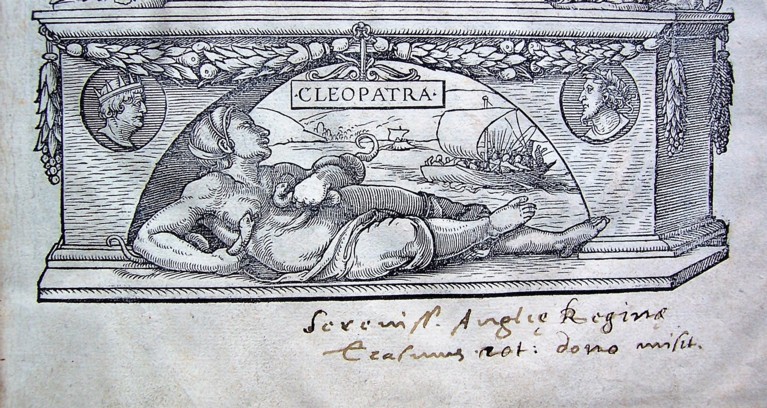
Above, Top; Pl. 3: Cicero, De officiis (Mainz, 1465), Above, Bottom; Pl. 4: Title page of Erasmus, Christiani matrimonii institutio (Basle, 1526), inscribed ‘To the Most Serene Queen of England, Erasmus of Rotterdam presents this as a gift’.
Another unique book of Tudor royal ownership is Emmanuel’s presentation copy of a work about Christian marriage that Queen Katherine of Aragon asked Erasmus – the great Dutch scholar and Christian Humanist – to write for her daughter Mary (the future Queen Mary I, or ‘Bloody Mary’). On the title page is Erasmus’ dedication of his book to Queen Katherine in his own hand. This book will be on display at a major exhibition about the Six Wives of Henry VIII at the re-opened National Portrait Gallery in 2024.
Among the Early Modern books in Emmanuel Library that once belonged to famous people are nine titles from the library of the dramatist and poet Ben Jonson. These can be identified by his inscribed Latin motto ‘tanquam Explorator’ [as it were an explorer], or by the inscription ‘Sum Ben. Jonsonii’ [I am Ben Jonson’s], or both.
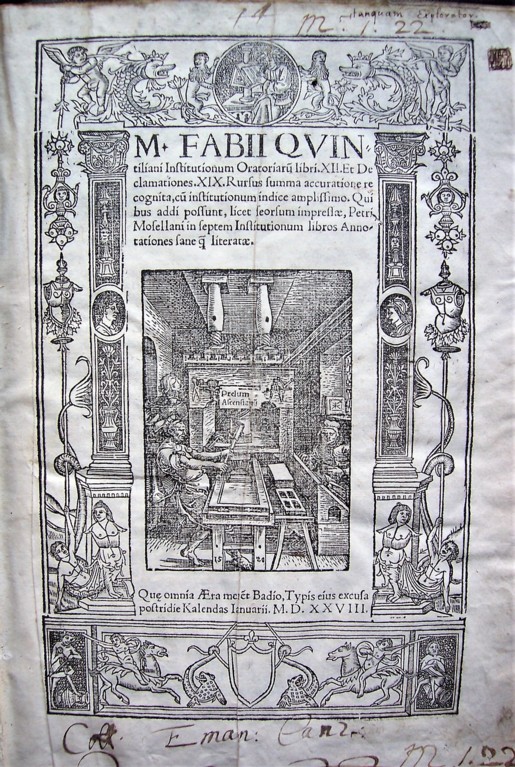
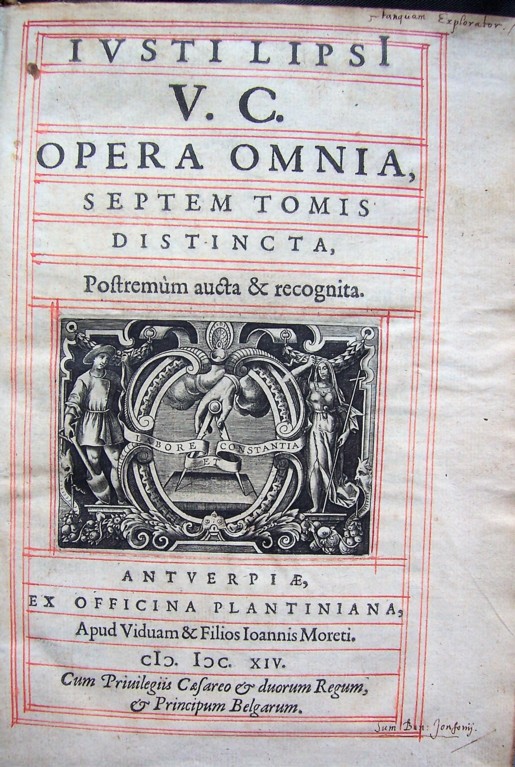
Above, Left; Pl. 5: Title page of Justus Lipsius, Opera omnia (1614-23), with the motto ‘tanquam Explorator’ (at the top) and ‘Sum Ben. Jonsonii’ (near the bottom). Above, Right; Pl.6: Title page of Quintilian, Institutionum oratoriarum (1528), with Jonson’s motto ‘tanquam Explorator’ at the top.
Emmanuel also has seven books that belonged to the ‘Metaphysical’ poet and divine, John Donne, as indicated by his neat signing of his name ‘J. Donne’ on the title pages, and his Italian motto from Petrarch: ‘Per Rachel ho servito & non per Lea’ [I have served Rachel and not Leah – referring to Jacob’s two wives in Genesis, traditionally understood to represent the lives of contemplation and action respectively].
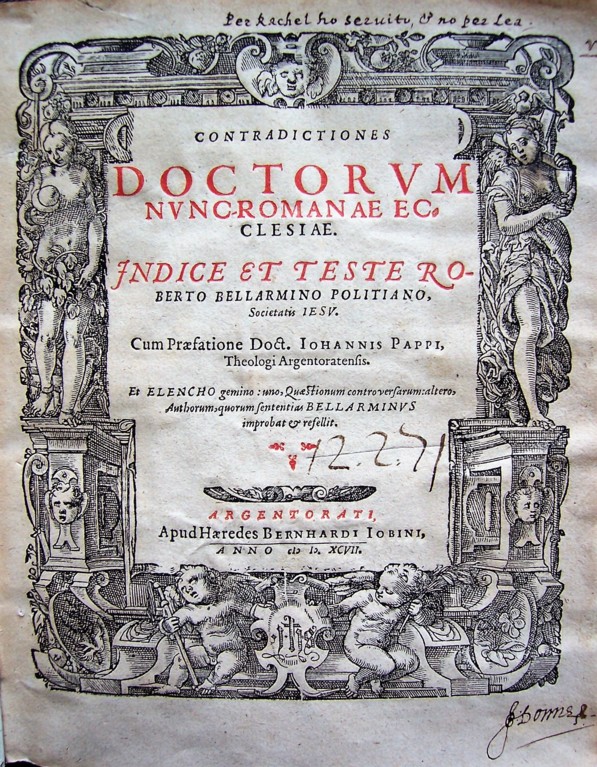
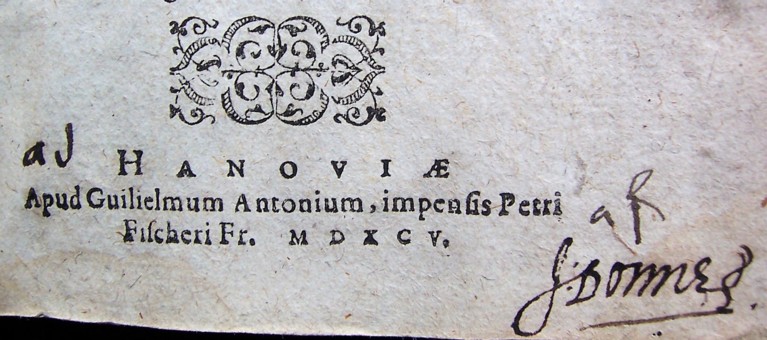
Above, Top; Pl.7: Title page of Bellarmino, Contradictiones doctorum … (Strasbourg, 1597), with Donne’s motto ‘Per Rachel ho servito & non per Lea’ at the top and his signature ‘J. Donne’ near the bottom. Above, Botton; Pl. 8: Detail of John Donne’s signature from the title page of Themis Hebraeo-Romano (Hanau, 1595).
Ownership and associations of books might also be indicated by armorial bindings, where the coat of arms is stamped in gilt on the binding. Emmanuel has a book from the library of Sir Francis Bacon – statesman, philosopher, scientific thinker – with the head of a boar in gilt on the binding, in a play on ‘bacon’. The books donated to Emmanuel in 1659 by Rachel Fane, Countess of Bath (a great-granddaughter of the College’s founder, Sir Walter Mildmay), have both the Countess’s armorial device gold-tooled on the covers and her bookplate inside.
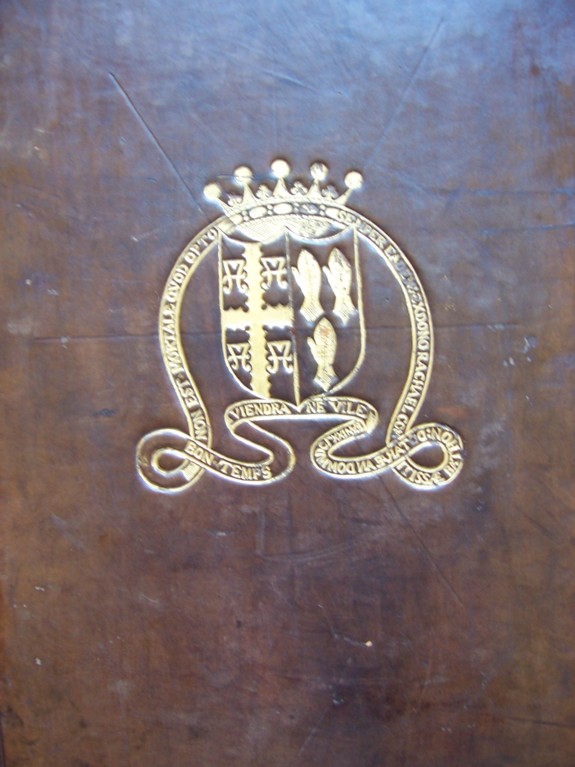
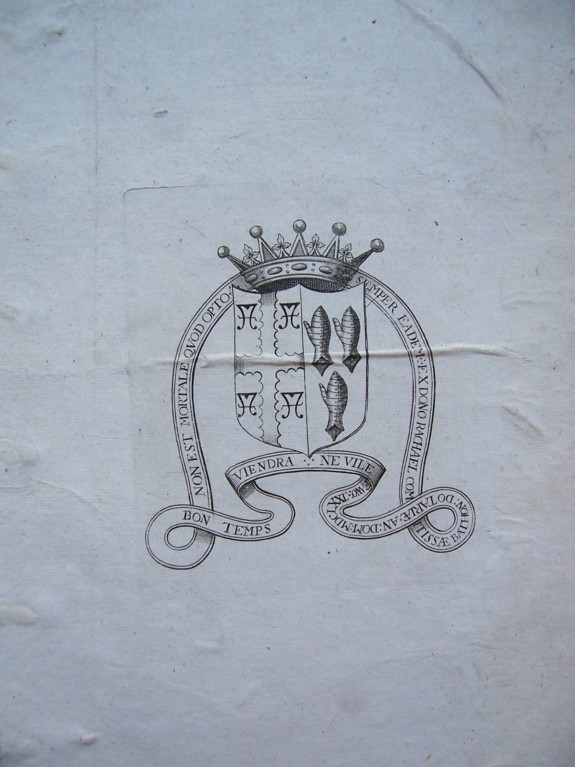
Above, Left; Pl.9: Rachel Fane’s armorial binding with her arms as Countess of Bath. Above, Right; Pl. 10: Rachel Fane’s bookplate.
Nearer to modern times the Library has a very random selection of works signed by known names. On musical themes, there is a copy of the composer Frederick Delius’ atheistical Requiem, ‘To the Memory of All Young Artists, Fallen in the War’ (Leipzig, 1921).
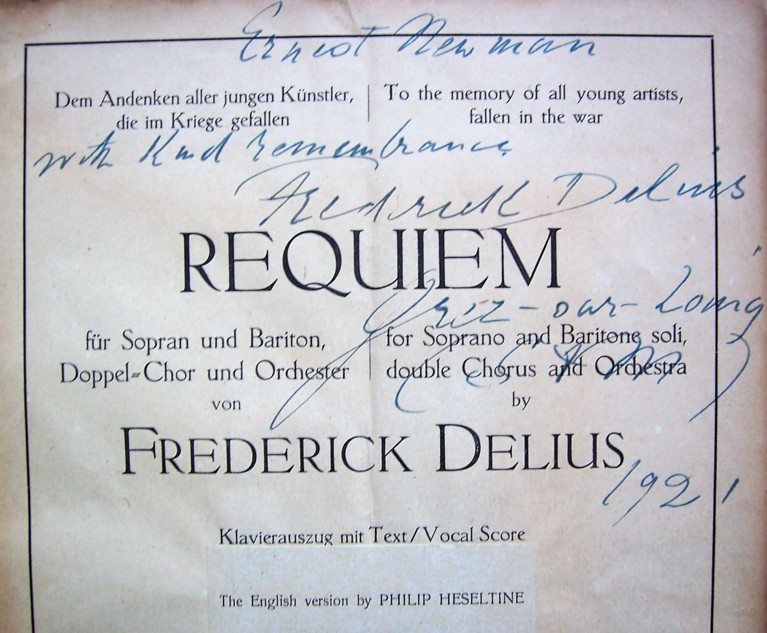
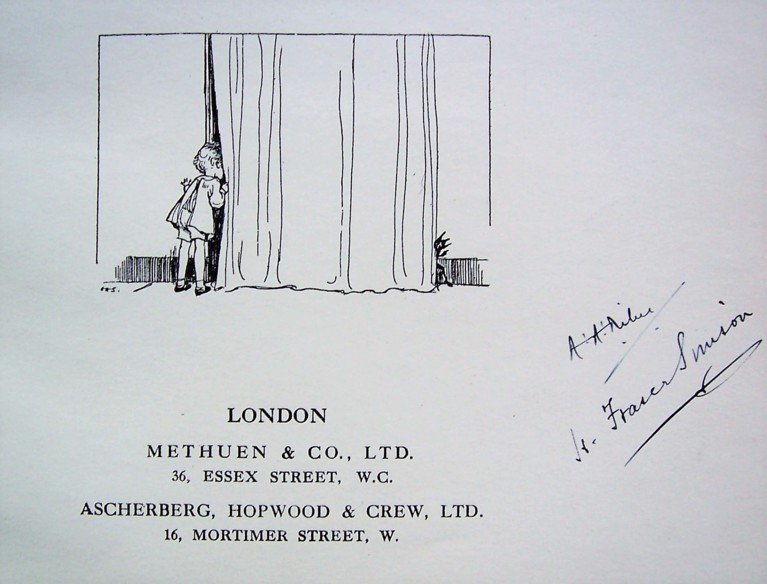
Above, Top; Pl.11: Signed title page of Delius’ Requiem. Above, Bottom; Pl.12: Signed title page of A. A. Milne’s Fourteen Songs.
There is also a copy of Fourteen Songs from ‘When We Were Very Young’ (1924) signed on the title page by A. A. Milne, of Winnie-the-Pooh fame, who wrote the words of the songs, including ‘They’re changing the guard at Buckingham Palace’.
Other inscribed books include an edition of Kipling’s poems signed by the poet, and a book given to Princess Louise as a New Year’s present in 1870 and inscribed by her mother Queen Victoria.
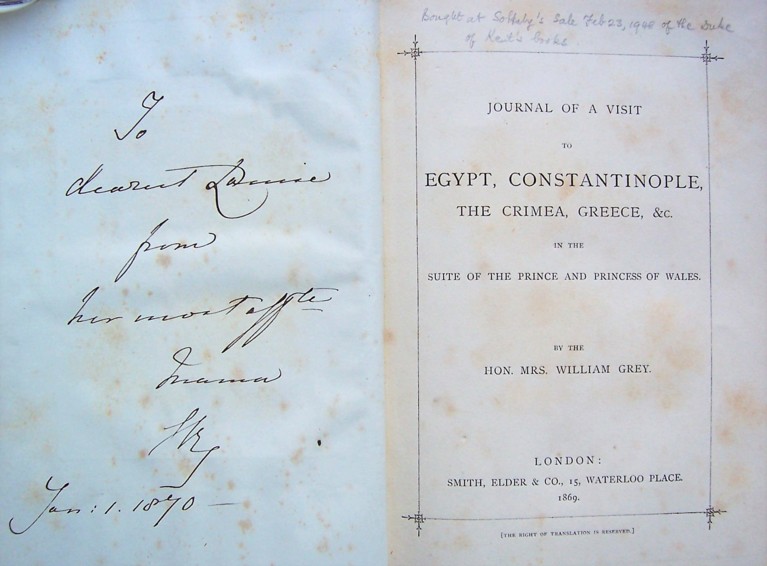
Above; Pl.13: Inscription reads: ‘To dearest Louise from her most affectionate Mama, VR: Jan 1 1870’. (Purchased by Graham Watson at the 1948 sale of the library of Prince George, Duke of Kent).
During the evolution of the Queen’s Building in Lord St John of Fawsley’s time as Master, several photographs that were to hang in the new building received some notable signatures. When she visited to lay the foundation stone, the Princess of Wales signed a photograph of herself, and when they came to officially open the building the Queen and the Duke of Edinburgh also signed photographs.
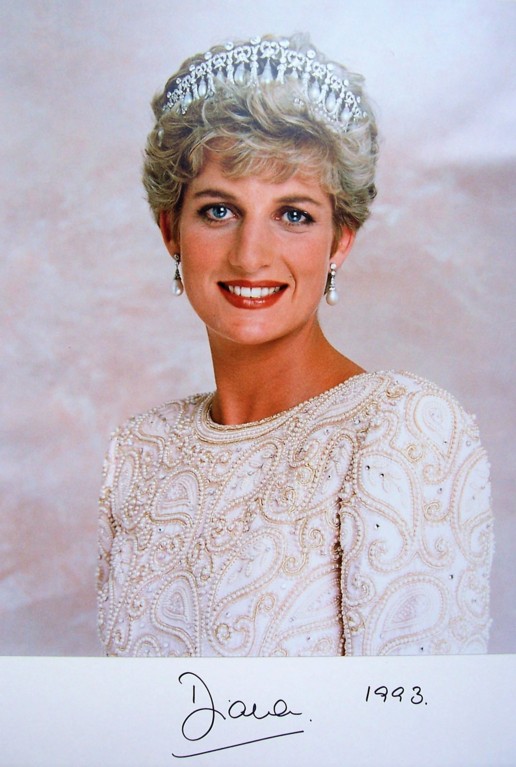
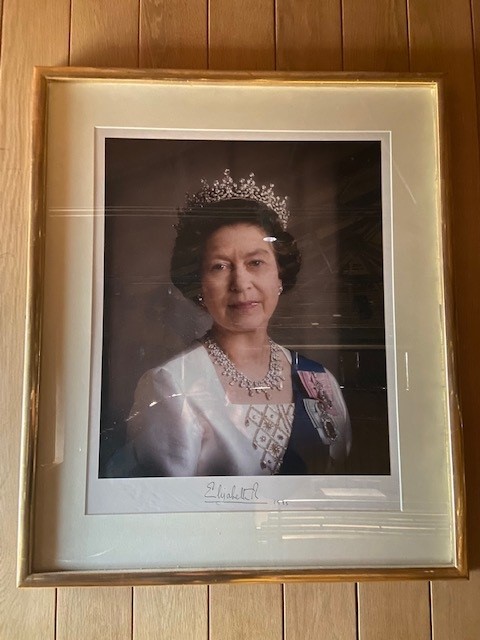
Above, Top; Pl.14: Photograph signed by Diana, Princess of Wales, 11 November 1993. Above, Bottom; Pl. 15: Photograph signed by Queen Elizabeth II, 19 April 1995.
Alas, fountain pens can prove to have minds of their own on these occasions. As the Queen attempted to complete the ‘R’ of ‘Elizabeth R’, the pen temporarily failed to work. ‘Oh Ma’am,’ exclaimed an over-excited Lord St John, ‘do go on to the end of the “R” …!’ A certain hush fell, as the Queen remarked quietly, as if to herself: ‘Now I call that cheeky …’ But no one will be surprised that – notwithstanding the disobliging pen – Queen Elizabeth then gamely pressed on to the end of the ‘R’.
Barry Windeatt (Keeper of Rare Books)
Images by Helen Carron (College Librarian)
